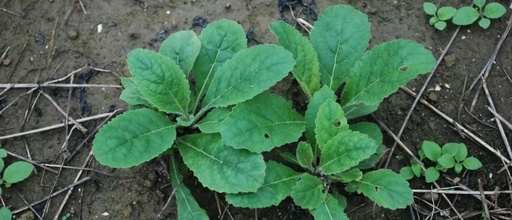Shudihuang
Shudihuang
REHMANNIAE RADIX PRAEPARATA
【Source】This product is a processed form of raw Rehmannia (Sheng Di Huang).【Preparation】(1) Take raw Rehmannia and stew it with rice wine according to the stewing method (Standard 0213) until the wine is fully absorbed. Remove it, and let it dry until the outer skin’s mucilage is slightly dry, then cut into thick slices or chunks and dry them to obtain the final product. For every 100 kg of raw Rehmannia, use 30-50 kg of rice wine.(2) Take raw Rehmannia and steam it according to the steaming method (Standard 0213) until it becomes black and moist. Remove it, dry it until about 80% dry, then cut into thick slices or chunks and dry them to obtain the final product.【Properties and Channels】Sweet, slightly warm. Enters the Liver and Kidney meridians.【Functions and Indications】Tonifies blood and nourishes yin, benefits essence and fills marrow. Used for blood deficiency with symptoms such as sallow complexion, palpitations, irregular menstruation, excessive uterine bleeding, Liver and Kidney yin deficiency, soreness of the lower back and knees, tidal fever, night sweats, seminal emission, internal heat with thirst, dizziness, tinnitus, and premature graying of hair.【Dosage and Administration】Decocted for oral administration, 9-15 g.【Precautions】This product is sticky in nature and may hinder digestion. It is contraindicated for those with qi stagnation, excessive phlegm, dampness, poor appetite, and loose stools. If used in large amounts for a long time, it is advisable to combine it with Chen Pi (Aged Tangerine Peel) or Sha Ren (Amomum Fruit) to avoid excessive stickiness that may obstruct the stomach.【Habitat Distribution】Grows in sandy loam, barren hills, foot of mountains, walls, and roadside areas at altitudes of 50-1100 meters. Distributed in provinces such as Liaoning, Hebei, Henan, Shandong, Shanxi, Shaanxi, Gansu, Inner Mongolia, Jiangsu, and Hubei.【Chemical Composition】Shudihuang is a processed product of Sheng Di Huang, and its chemical composition is similar to that of Sheng Di Huang, mainly containing phenylethanoid glycosides such as Rehmannioside; it also contains monosaccharides, amino acids, and vitamin A-like substances.【Modern Pharmacology】The aqueous decoction can promote the recovery of red blood cells and hemoglobin in mice with blood loss anemia. The decoction of Rehmannia has an antagonistic effect against dexamethasone’s suppression of the pituitary-adrenal cortex system and can promote the synthesis of adrenal cortex hormones. The alcohol extract can enhance immune function, promote blood coagulation, and have a cardiotonic effect. Additionally, this product has effects on lowering blood sugar, preventing and treating osteoporosis, regulating immunity, anti-aging, anti-anxiety, and improving learning and memory.【Quality Evaluation】Best quality is characterized by large, plump pieces with a black cross-section and sweet taste.Rehmannia glutinosa
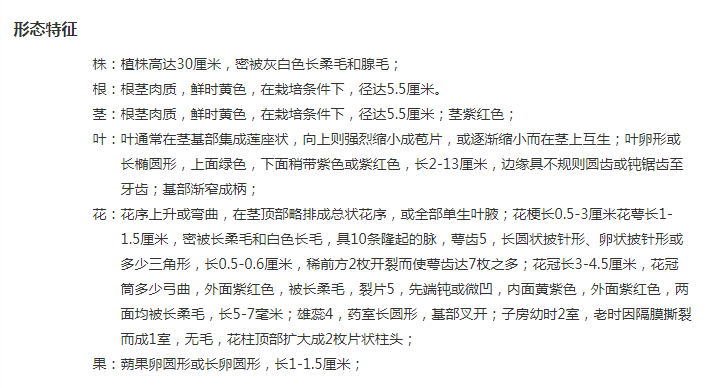
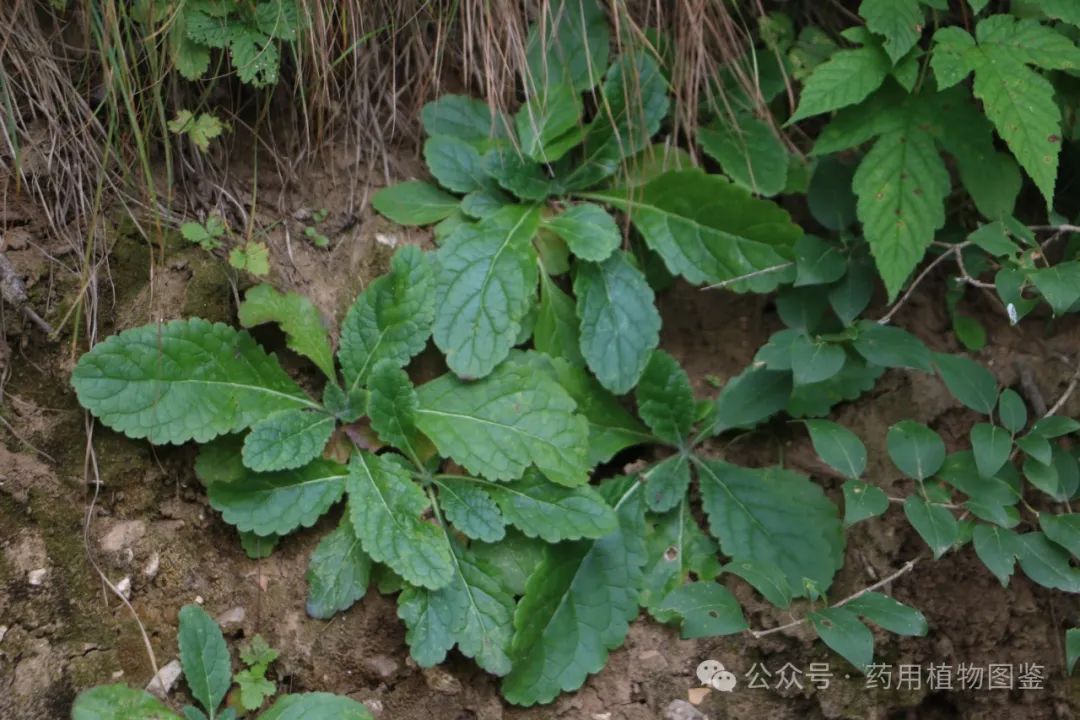
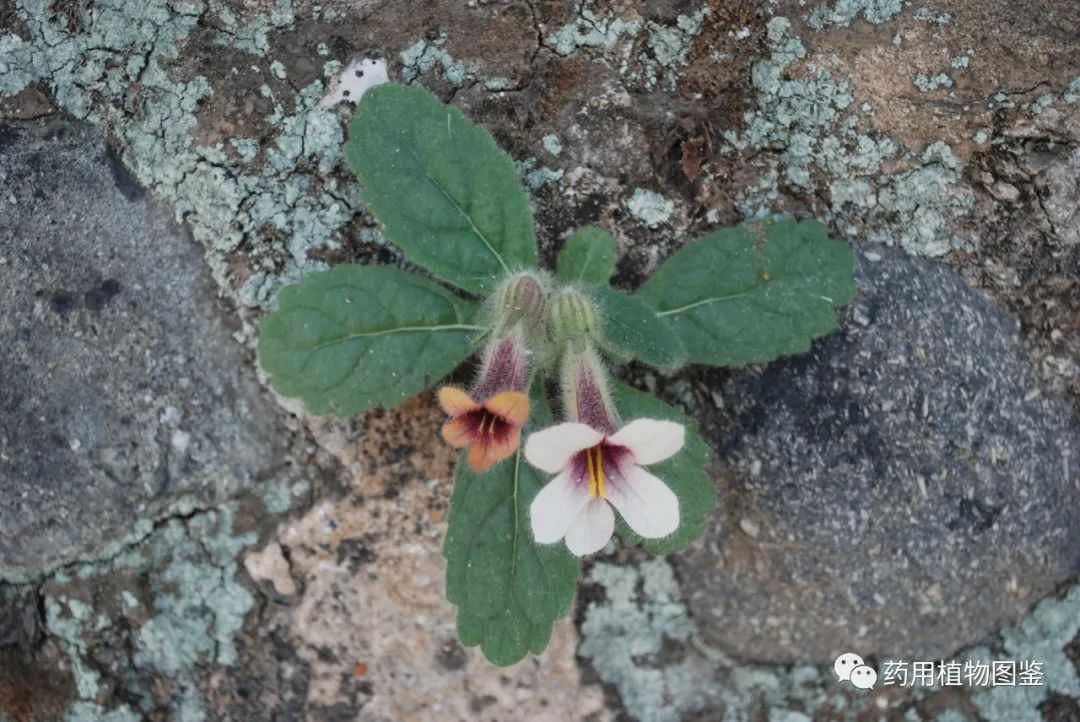
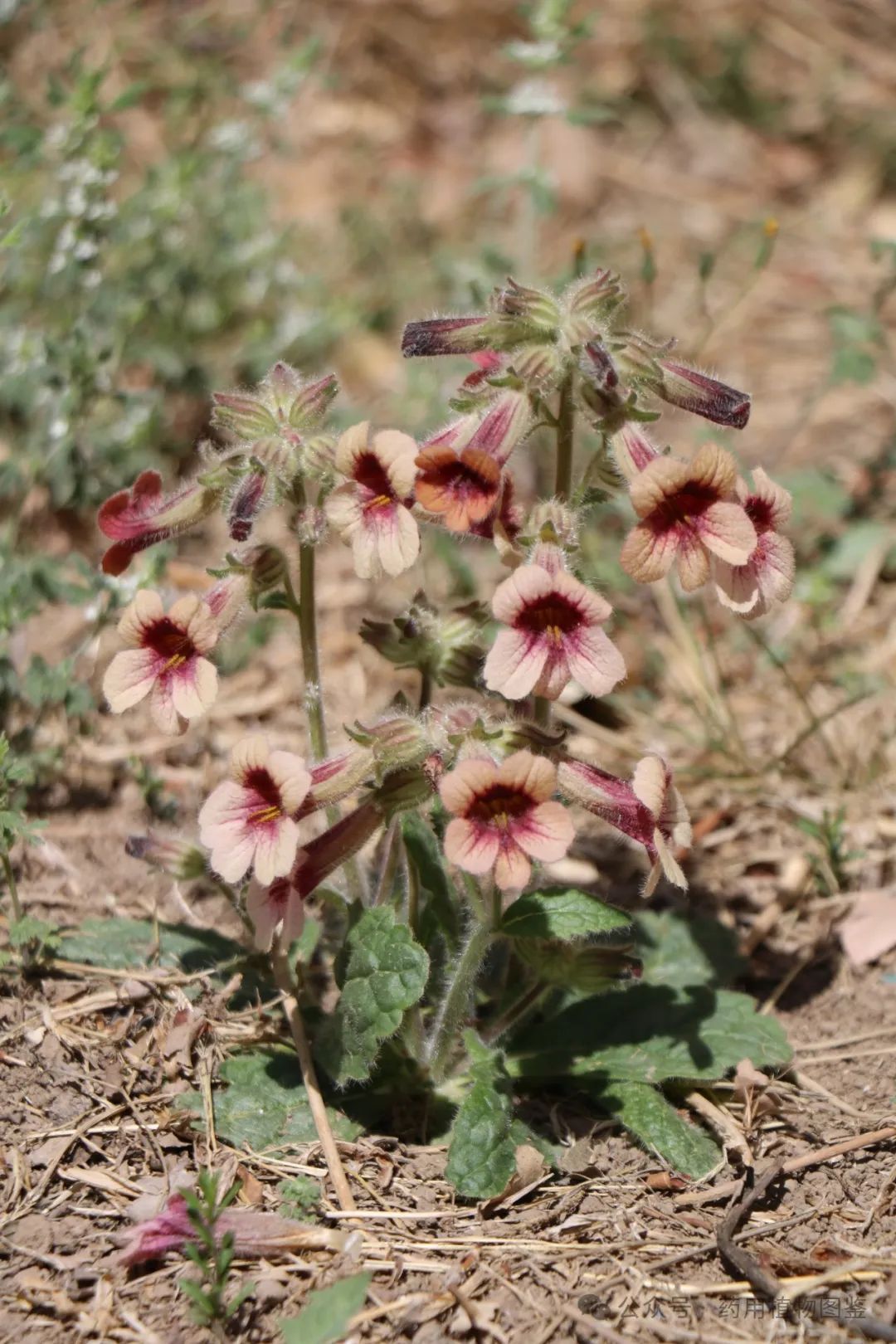
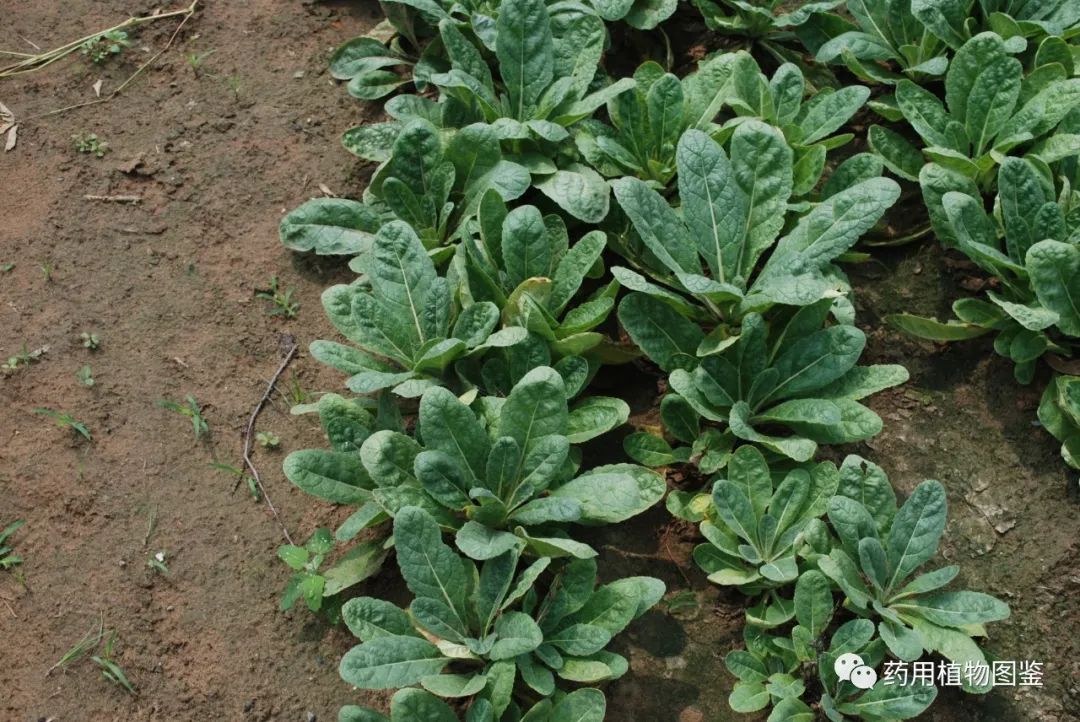
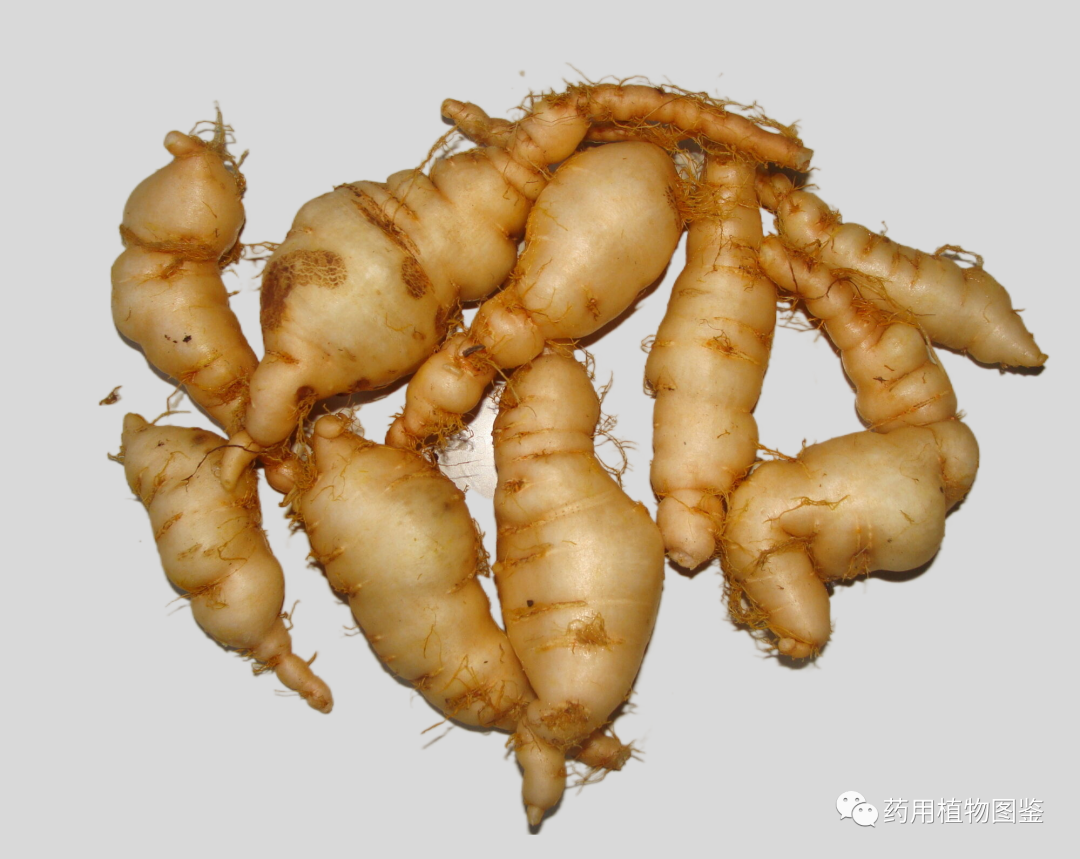
▲ Fresh Rehmannia
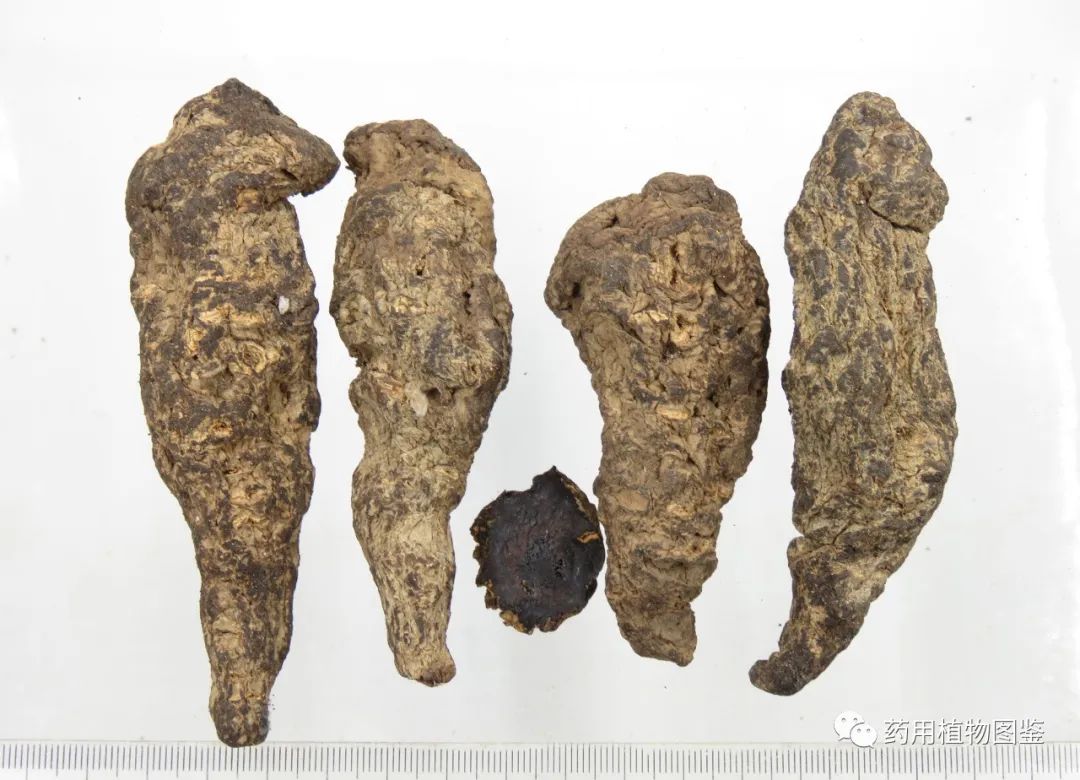
▲ Raw Rehmannia Medicinal Material
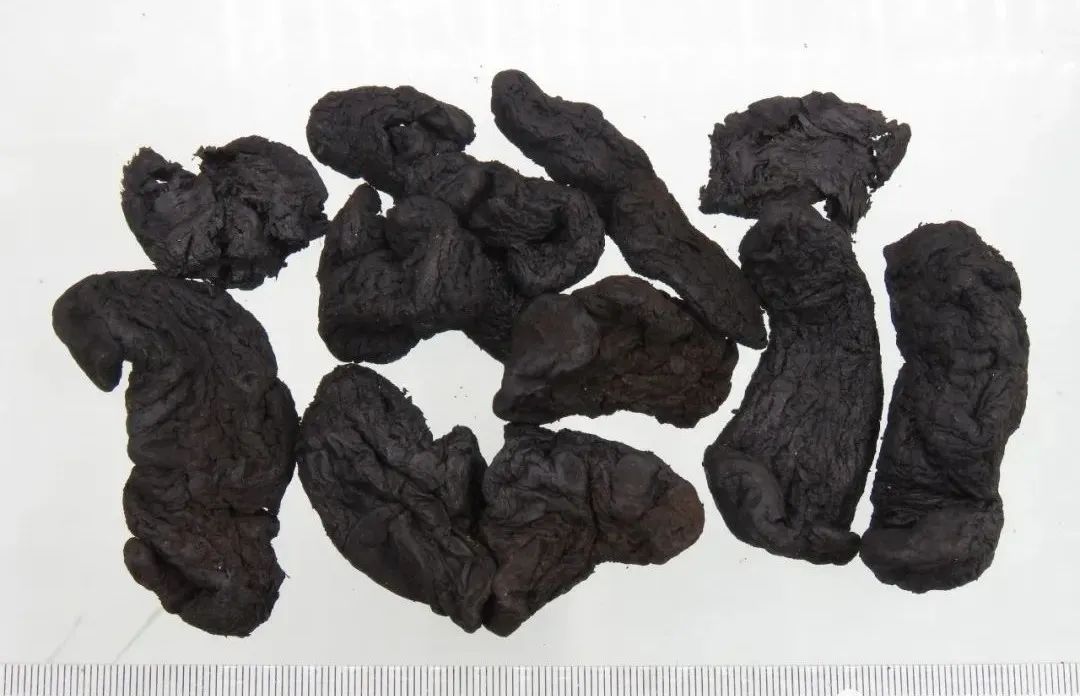 ▲ Shudihuang (Processed Rehmannia) (Nine Steams and Nine Dries)
▲ Shudihuang (Processed Rehmannia) (Nine Steams and Nine Dries)
Identification of Shudihuang Characteristics
【Characteristics of the Slices】 This product consists of irregular chunks and fragments, varying in size and thickness. The surface is black with a glossy appearance and has high stickiness. The texture is soft yet resilient, not easily broken, with a black and glossy cross-section. It has a faint aroma and a sweet taste.
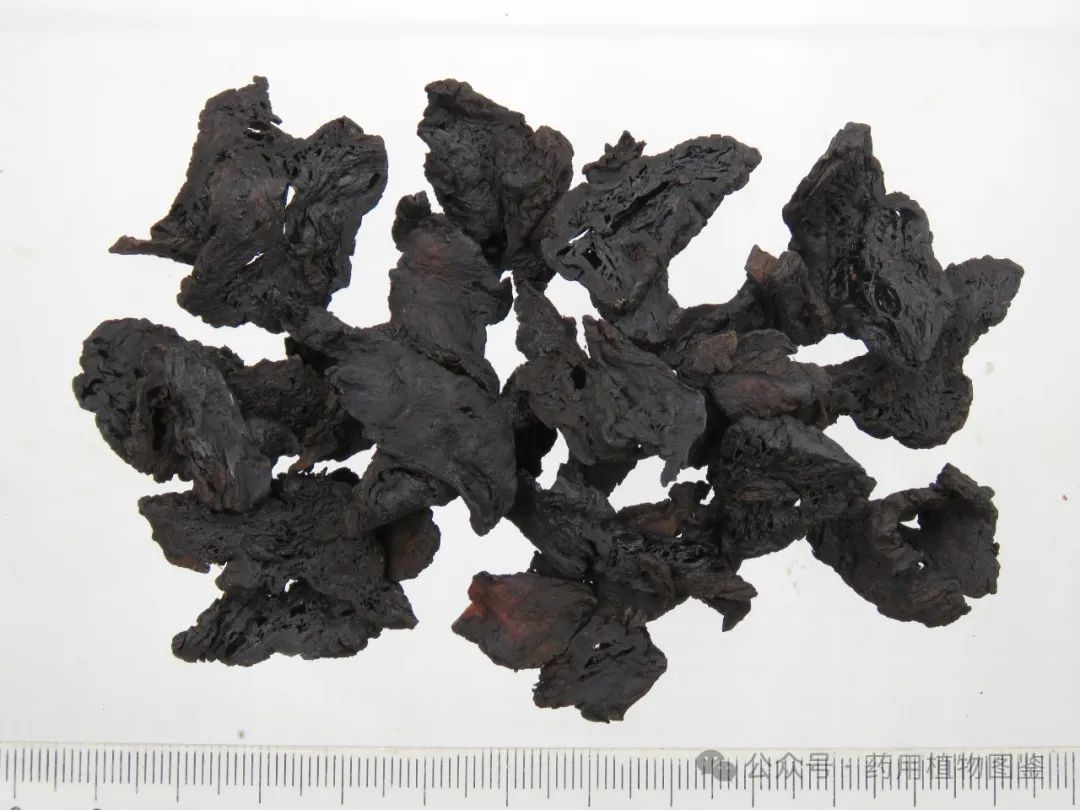
▲ Shudihuang Slices

